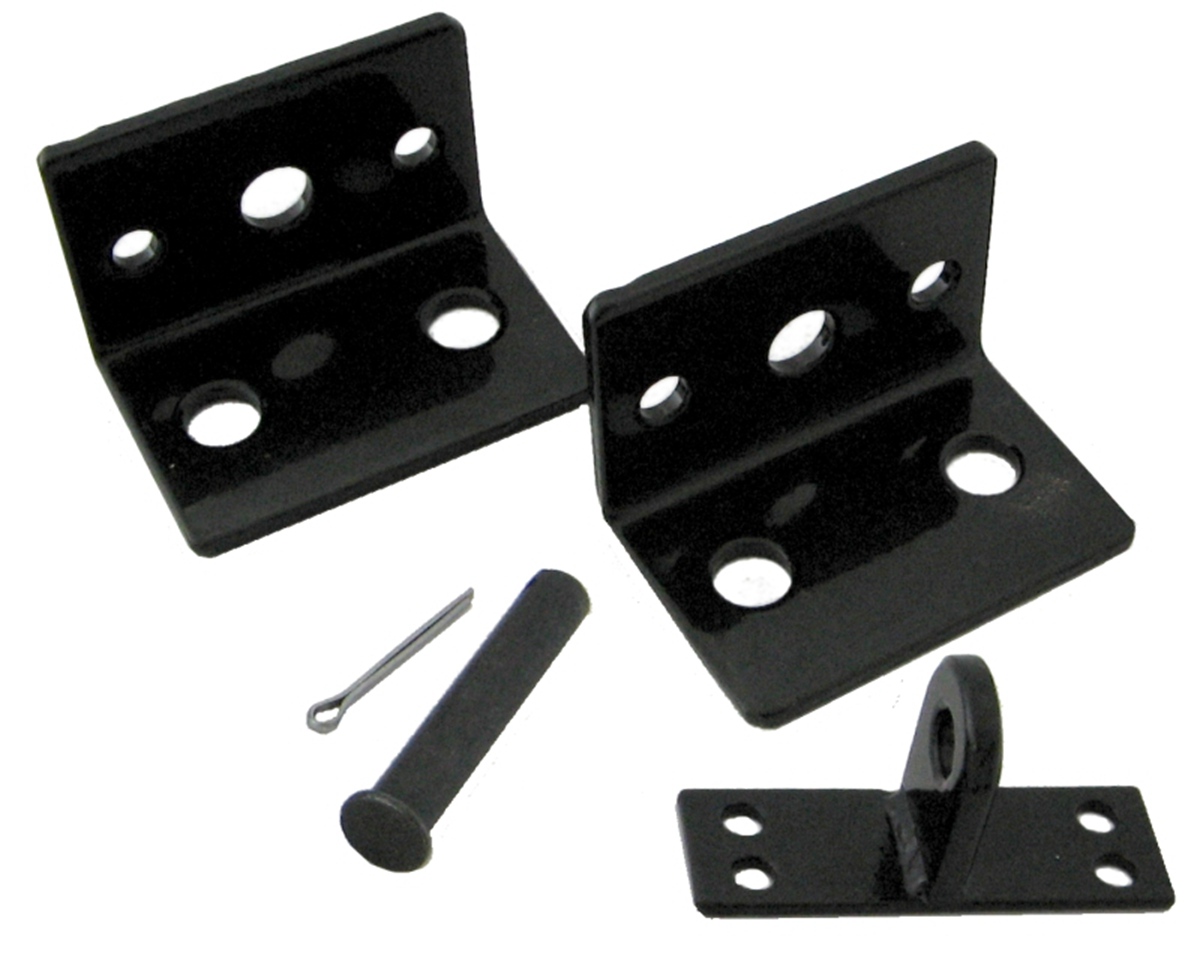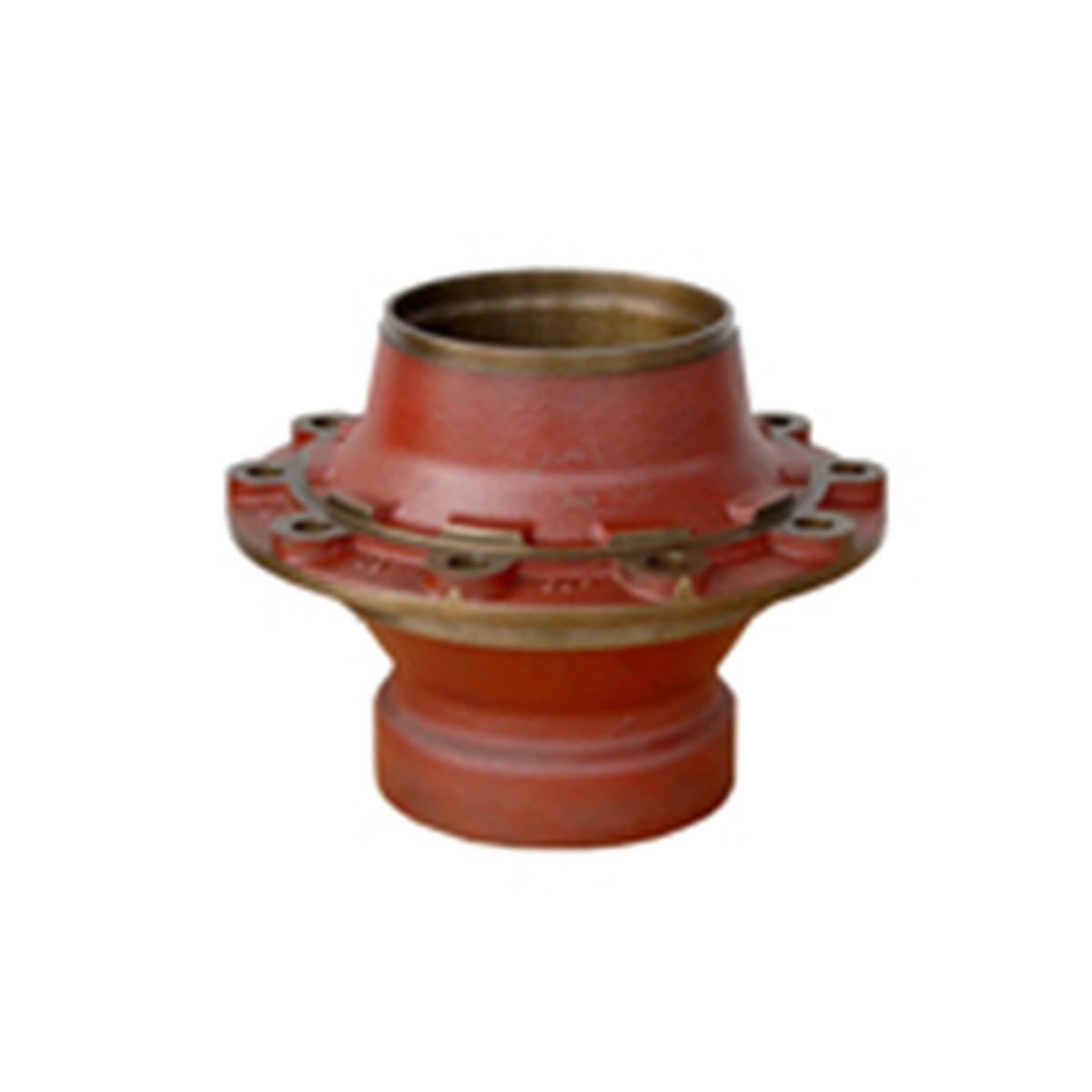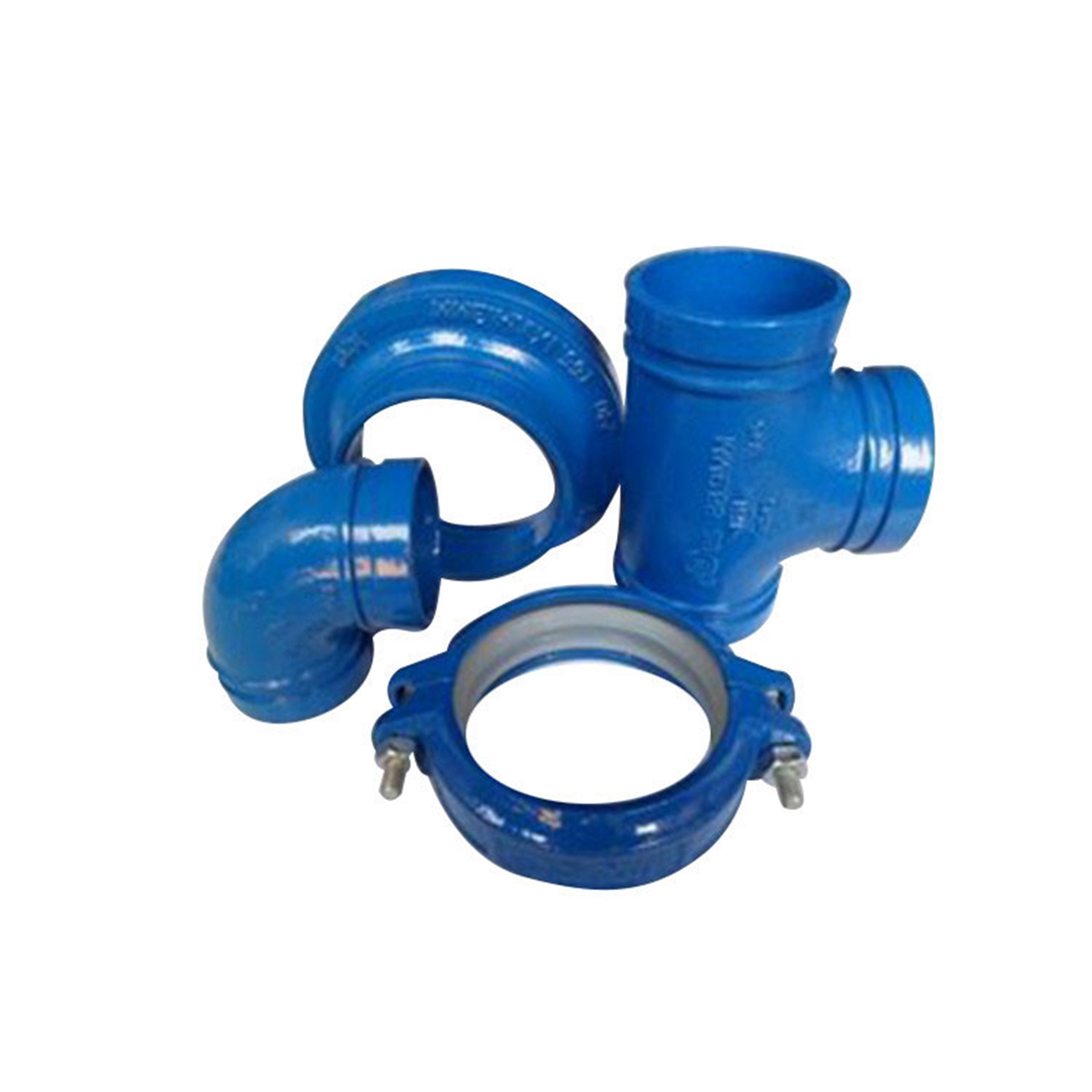
Industrial laser cutters are used in most modern industries because they offer a low-cost, high-speed method for making high-precision cuts. Listed below are some common industries that use laser cutters:
1. Agricultural Industry
The agricultural industry is responsible for the large-scale cultivation of livestock and crops. The scale of modern agriculture demands heavy machinery and equipment to produce large volumes of food efficiently. This includes planting machines, fertilizing machines, and bulk storage tanks. Many types of agricultural machinery are primarily made of flat components with complex profiles that are joined by welding or fasteners. Laser cutting is ideally suited for economically producing the flat complex parts and weldments used extensively in this equipment. Tube laser cutting, a method of cutting holes and slots into a square or round tubing, is also extensively used for structural elements in agricultural equipment.
2. Contract Manufacturing Industry
Contract manufacturing involves outsourcing the production of subcomponents or complete assemblies to another company. Laser cutting is well-suited for this industry because, although the individual parts are inexpensive to produce, the high initial capital investment and ongoing maintenance costs of an industrial laser cutter require it to be in continuous use to remain profitable. Most companies do not have the capacity to justify an in-house industrial laser cutter, making contract manufacturing an ideal solution.
3. Military Industry
The military industry utilizes advanced electronics and heavy-duty machinery. Laser cutting is an indispensable process for fabricating the tens of thousands of parts and products made every year to meet military quality standards. Specific applications can include armored plates, permanent marking of equipment, and components for weapons systems.
4. Construction Industry
The construction industry builds large-scale projects such as bridges and tunnels, as well as residential and commercial buildings. Many structural steel components are fabricated using laser cutting. For example, connection plates and base plates are most optimally manufactured by using laser cutting. There are often thousands of these components for a major steel construction project, so laser cutting speed and precision give it a big advantage in these applications. Additionally, tube laser cutting is widely employed to fabricate structural elements.
5. Automotive Manufacturing Industry
The global automotive industry is a large consumer of manufacturing output, with over 90 million vehicles produced globally in 2024. The automotive industry demands highly precise parts with minimal variation, produced at high speeds to match the fast pace of vehicle manufacturing. Laser cutting is an ideal technology for meeting the simultaneous requirements of pace, precision, and repeatability. Typical examples of laser-cut components include sheet metal body elements and textiles for upholstery.
6. Musical Instruments Industry
Musical instruments must be manufactured with special precision to achieve the high level of sound quality demanded by professionals. Laser cutting is an ideal method for achieving unmatched levels of dimensional accuracy. Wood is a common material used in musical instruments, and laser cutters can precisely cut out the basic panels that will be assembled into instruments like guitars and violins, for example. The finished instruments can also be laser engraved with custom artistic patterns, adding cosmetic appeal and a personal style element.
7. Medical Equipment Industry
Medical diagnostic equipment such as X-ray and FMRI machines are complex pieces of equipment that employ several different manufacturing technologies. Laser cutting can be used to produce a number of components for these machines, such as their sheet metal housings.
8. Electronics Industry
Laser cutting is widely used in the electronics industry due to the precision required to process micro-scale electronics components. Silicon wafers are also cut using specialized laser cutting techniques such as fracture-controlled cutting, where a focused laser beam creates controlled micro-cracks along predetermined scribe lines, allowing for clean separation without excessive thermal damage. Other applications include laser engraving information onto components and drilling precise holes in printed circuit boards.
9. Furniture Industry
The furniture industry makes use of a range of materials such as textiles, wood, and plastics. Laser cutting can process these materials cost-effectively, which is why it is a popular technology in this industry. Textile and padding patterns can be cut for upholstery, and wood can be engraved with various designs. MDF (Medium Density Fiberboard) wood panels can also be cut to produce innovative furniture designs.
10. Arts
Laser cutters are regularly utilized for artistic purposes because they can reproduce intricate images on a wide variety of materials, such as wood, leather, metal, and plastic. Typical applications can include engraved inlays and complex art pieces built up from multiple-cut designs.





